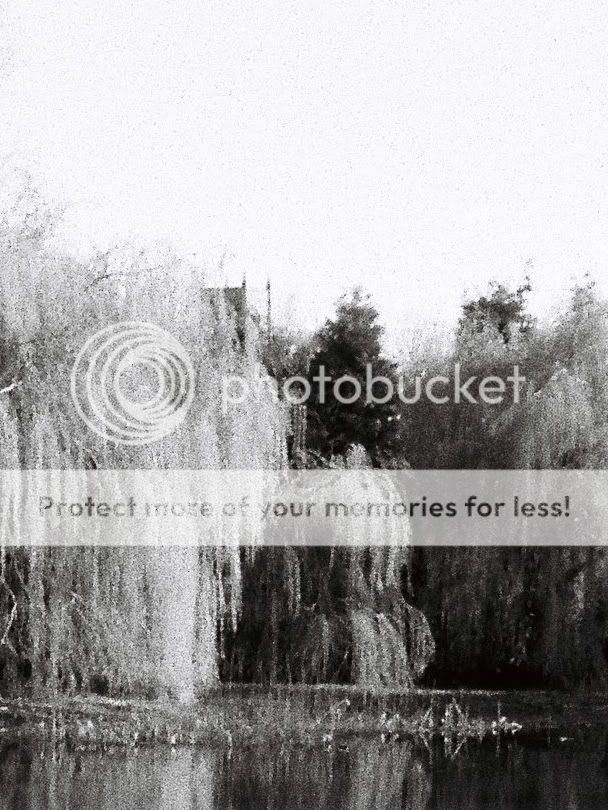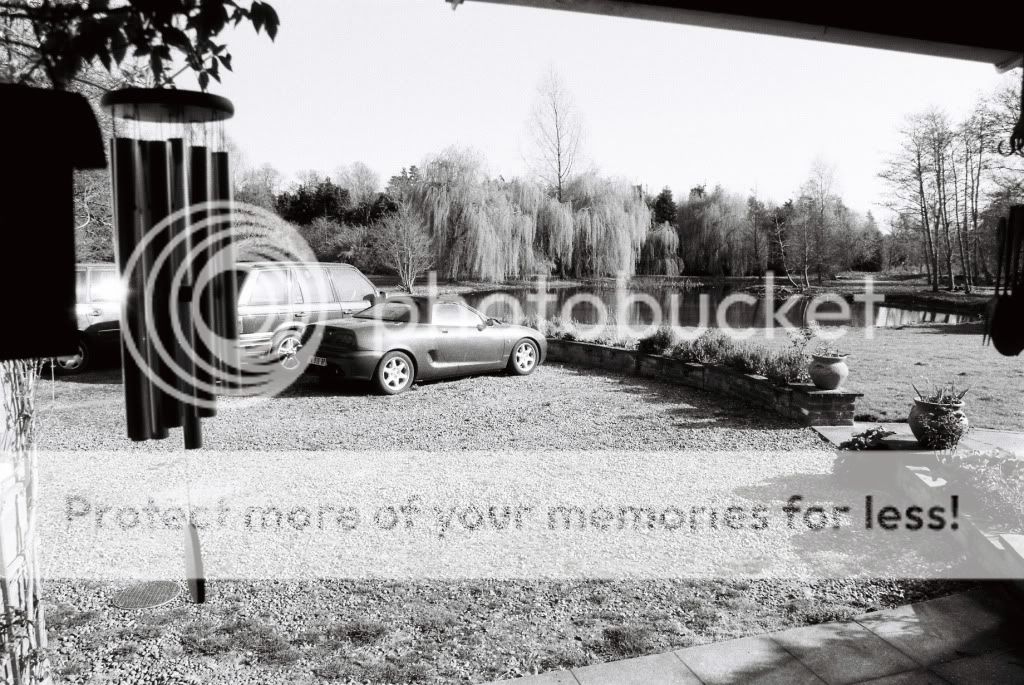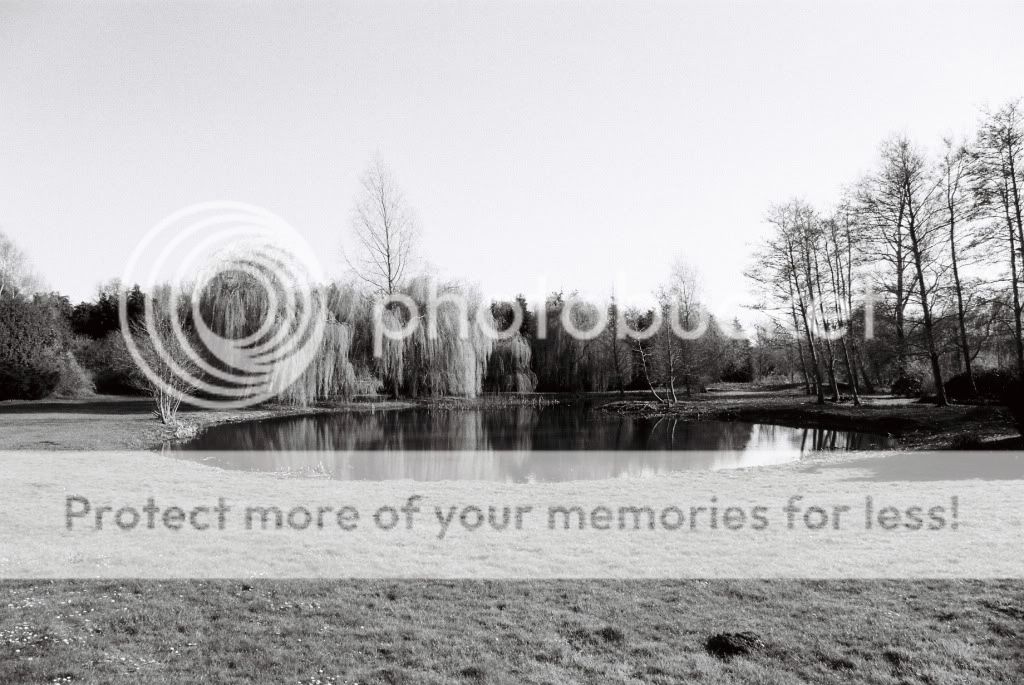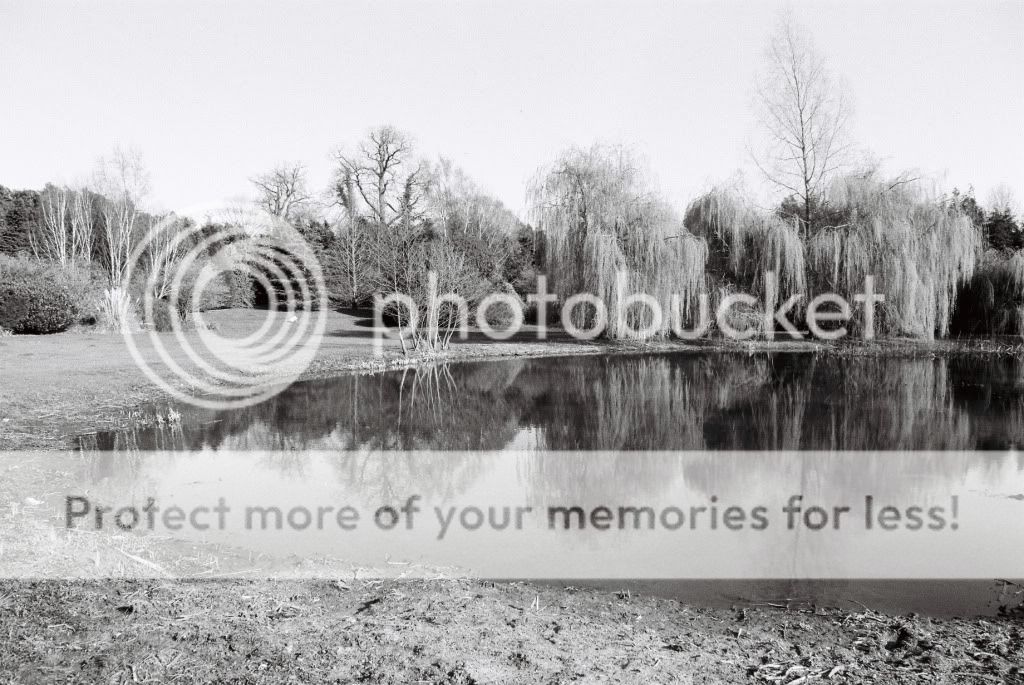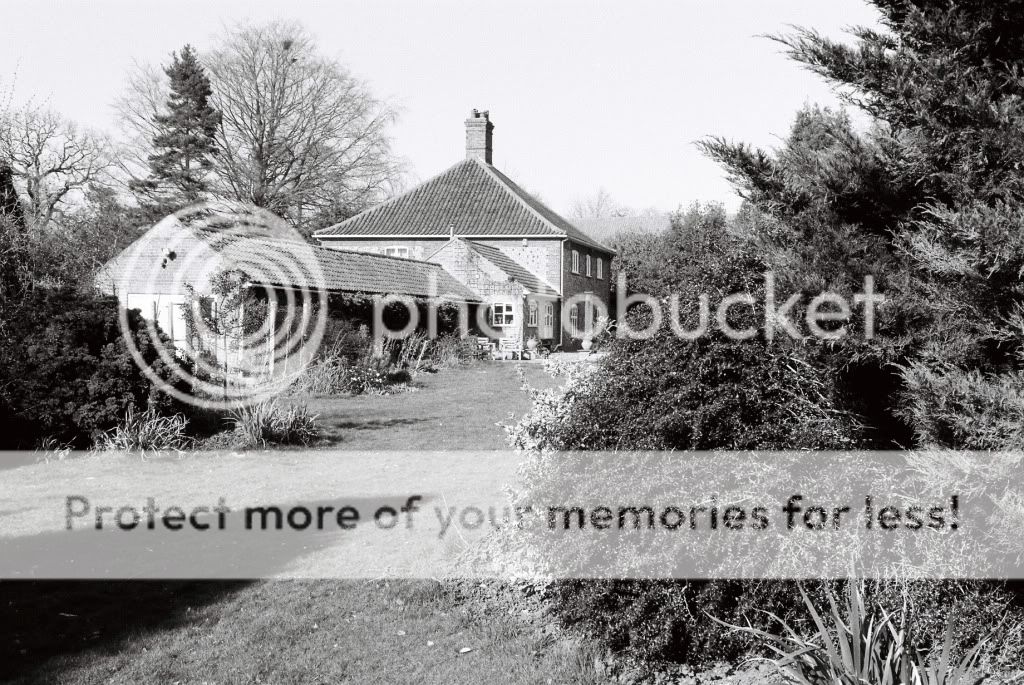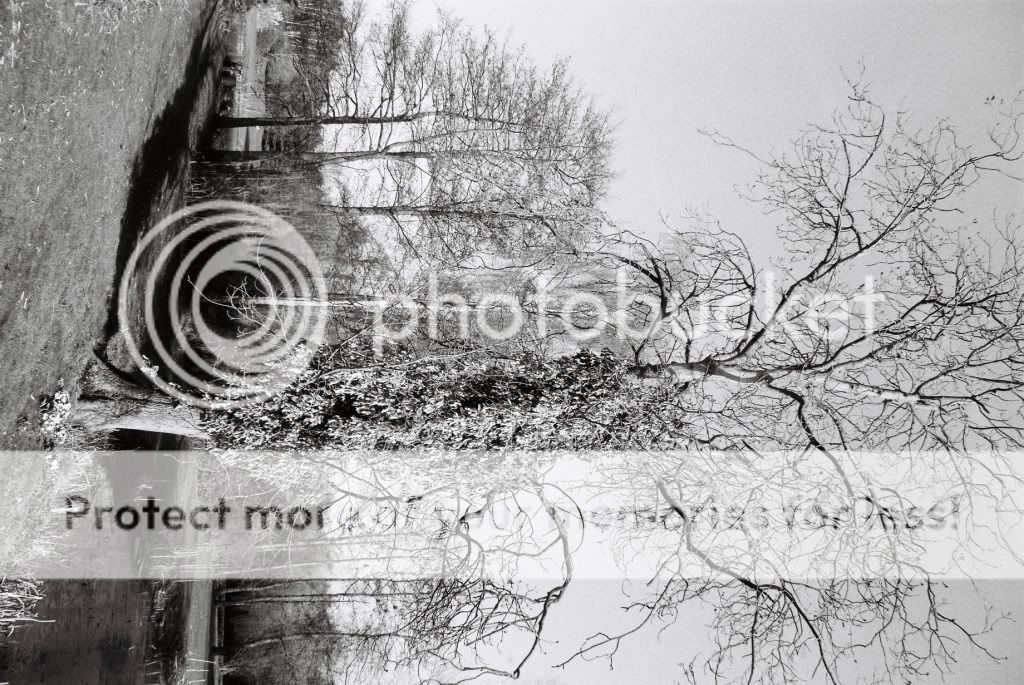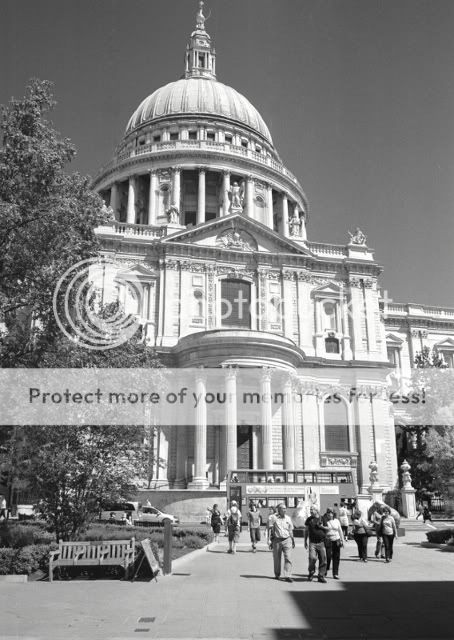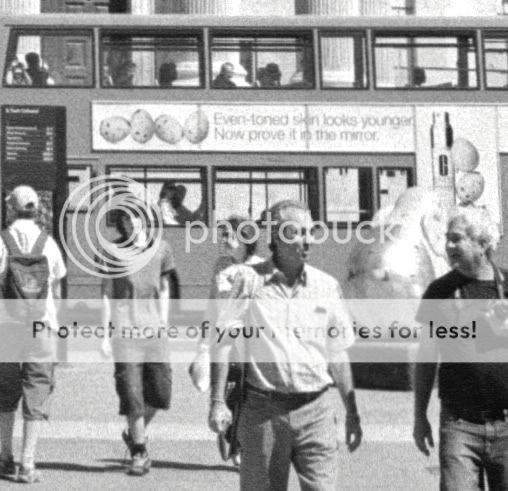I have been lurking here for a while but this is my first post. I am quite an experienced photographer & have owned a Canon 5D2 for over three years & now a 5D3 which I use mostly for video but do take stills too. I have a good collection of 'L' lenses so decided on a whim to indulge myself by buying a Canon EOS 1V from eBay to play with film photography once again. I wanted to get an EOS to use with my lenses so thought that as the 1V is the best 35mm camera that Canon ever made (& always will be) that this would be the one to get. I paid a little over the odds as it was described as 'almost mint' but turned out to be less than perfect cosmetically but as it had a pretty low film count of 187 & otherwise seemed OK I kept it. I have now had my first set of prints back & am majorly disappointed. I am not sure whether I was expecting too much or that there is a fault with the camera or that the processing was messed up which is why I have come here to ask the experts.
I used FP4 Plus & 24-105mm F/4L USM IS lens. I took shots around the garden in a mixture of sunshine & shade. It was mostly cloudy. I sent the film off for processing at www.ilfordlabdirect.com on the basis that if I was going to use film that I should be as retro as possible as they offer 'Real Silver Gelatin B&W Print'. I also opted for high resolution scans of the negatives on CD.
The 7x5 prints seem flat & lifeless lacking in contrast (I know the weather wasn't great but nonetheless) but most of all lacking in detail. I don't know if I have got too used to over sharpened digital images but these just don't have the resolution or detail that I expect to see from my 5Ds even at this relatively small print size.
The high resolution scans are even more disappointing. When I view them at actual size 4535x3035 they look like a pointillist painting i.e. made up of thousands of little blobs. If I knew how to attach an image to a post on this forum I would crop a portion for viewing.
What's the verdict? Is digital now so much better than 35mm film that I may as well forget about it? or is it my incompetence? or the lab? or...?
Cheers
Nigel
I used FP4 Plus & 24-105mm F/4L USM IS lens. I took shots around the garden in a mixture of sunshine & shade. It was mostly cloudy. I sent the film off for processing at www.ilfordlabdirect.com on the basis that if I was going to use film that I should be as retro as possible as they offer 'Real Silver Gelatin B&W Print'. I also opted for high resolution scans of the negatives on CD.
The 7x5 prints seem flat & lifeless lacking in contrast (I know the weather wasn't great but nonetheless) but most of all lacking in detail. I don't know if I have got too used to over sharpened digital images but these just don't have the resolution or detail that I expect to see from my 5Ds even at this relatively small print size.
The high resolution scans are even more disappointing. When I view them at actual size 4535x3035 they look like a pointillist painting i.e. made up of thousands of little blobs. If I knew how to attach an image to a post on this forum I would crop a portion for viewing.
What's the verdict? Is digital now so much better than 35mm film that I may as well forget about it? or is it my incompetence? or the lab? or...?
Cheers
Nigel
Last edited:


